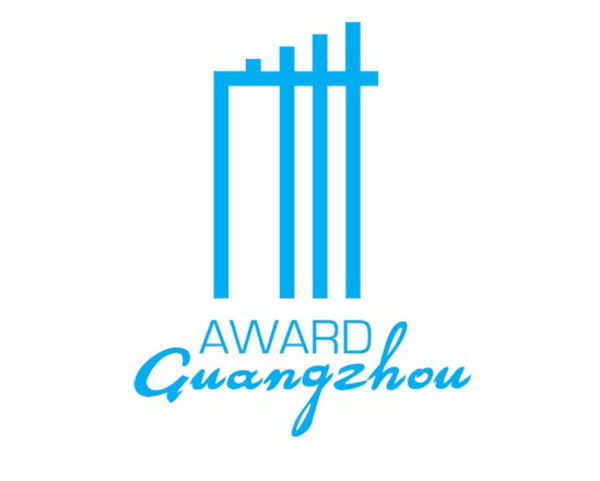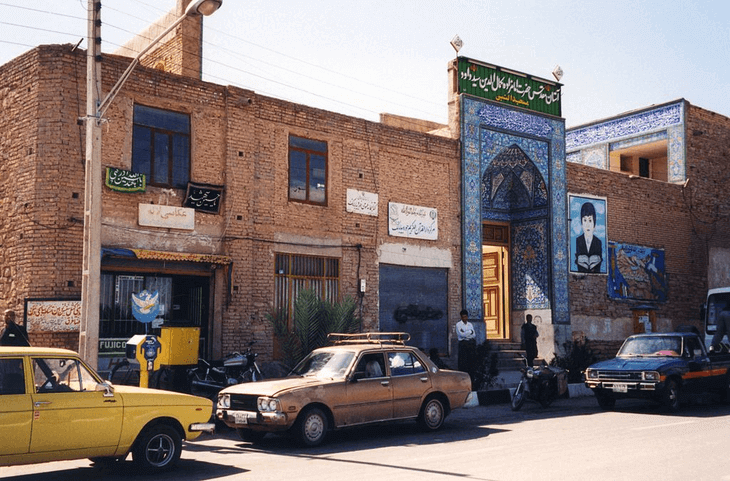Making the urban fabric of the city safe and sustainable.
The City of Isfahan has adopted a unique approach to "sick" buildings (buildings that are unsafe or energy-inefficient). Trained "doctors", usually graduates in urban studies who have uncertain career prospects, visit the buildings and provide a “diagnoses” of the building’s condition and sustainability. The municipality then provides financial aid to "cure" the building, which receive a health certificate when recovered.
Guangzhou Award
This project was shortlisted for the 'Guangzhou Award' in 2018 in the following category: Deserving initiative.
The deteriorating urban fabric of Isfahan covers an area of more than 2304.8 hectares. These areas are full of non-compliant and vulnerable buildings, which affect Isfahan’s population of 2 million people, of which 1,500,000 live in residential buildings. The rate of energy consumption of the buildings is 6 times higher than average consumption. Simultaneously, Iran and in-particular Isfahan (as an arid city), is facing a serious water and energy crisis. In the last 3 months more than 100 buildings have had fires due to the lack in safety standards and there is no systematic method to address the condition of buildings after construction.
The project aims to:
- Change the point of view of local authorities and urban managers to see the buildings as alive organs of the city;
- Create a systematic method to regularly monitor the condition of buildings after construction;
- Institute reform policies of urban renewal in a sustainable framework;
- Improve the quality of the buildings in energy consumption, safety, resilience after construction;
- Train experts and reduce the unemployment rate among academic graduates.
The initiative provides maintenance, restoration, refurbishment or renovation for dilapidated buildings. It includes a systematic method to monitor the building regularly.
Activities include:
- Strategies and policies for renovation and regeneration of deteriorated and dysfunctional urban fabrics.
- The national and regional planning of building resilience against natural crisis.
- The strategies of combating Iran’s water crisis and energy consumption.
- The executive regulations of building safety.
The project is carried out under the following legislative or policy framework:
- Iran's Sixth Five-Year Development Plan 2016-2021 (Article 59);
- Iran’s Law on Regulating and Protection of Building’s Construction & Housing Supply (Article 1, 2, 11, 12);
- Iran’s Law on Changing Consumption Patterns (Article 18);
- Iran’s Law on Protection of Renewal, Rehabilitation;
- Strategic National Document for Renewal, Rehabilitation and Empowerment of Deteriorated and Dysfunctional Urban Fabrics;
- Executive Regulation for Sustainable Urban Regeneration;
- Isfahan Province’s Document of Sustainable Urban Regeneration;
- UN Sustainable Development Goals;
The Following organizations provide support for the project:
- Isfahan Heritage & Urban Renewal Organization (Urban Policies)
- Isfahan Construction Engineering Organization (Training sustainable & resilience doctor of sick buildings)
- Water & Waste Water company of Isfahan Province (Reduction of water consumption and improve sanitation systems of buildings)
- Isfahan Electricity Power Distribution Company (Reduction of Electricity consumption of buildings)
- Isfahan Fire Department (Safety Standards of buildings)
- Insurance companies (Decrease of buildings’ incidents)
This project is the initiative of Mr. Omid MAHMOUDI GHAHSAREH (Rights Owner & Director) and was developed at Baraye Fardaye Shargh Institute (Leading Partner). It is implemented by the Municipality of Isfahan (Executive and leading Partner).
The funding for the project is allocated from the Urban Planning and Renewal Department of the Municipality and includes:
- Research funding: $80,000
- Costs of training specialized doctors: $119,000
- Construction of Specialized “Hospital” of Sick Buildings: $2,380,000
- Management of “Hospital”: $180,000 (Monthly)
Other funding and resources include:
- The possibility of benefit from the capacity of 80,000 unemployed graduates in Isfahan
- $350,000 Energy-saving appliances (Faucet, Valve, Lamp, …) ready for distribution form Water &Waste Water company and Esfahan Electricity Power Distribution Company;
- 100 Safety experts of Isfahan Fire Department.
Short-Term Outcomes:
Nature of Outcomes: Create a systematic framework to improve buildings standards; Improve quality of life, improved efficiency, effectiveness;
Scale Local (City of Isfahan):
- Improved building’s resistance and resilience: 10-40%
- Reduced building’s energy consumption: more than 30-50%
- Training 2,700 “doctors” (Buildings’ Specialist) from academic graduates in the related field;
- On-site survey and “health diagnosis” of 300 buildings every month; (The numbers can raise significantly if the project gains success and controlling the buildings’ health becomes a “norm” in Isfahan)
- Issuing “Health Certification” of 20 buildings every month; (The numbers can raise significantly until many buildings’ have acquired certification.)
- Added values to “healthy” buildings (the rate of price increase depends on market response but an increase of 10-15% is possible)
- Reduction in cost of buildings insurance rates (up to 15%)
- Municipal tax & charges reduction (up to 40%)
Long-Term Outcomes:
Nature of Outcomes: Improved sustainable urban policies; improved macro image of city’s condition in case of crisis and emergency event; improved quality of life in a regional scale.
Scale Local & Regional
- Obtain macro statistics and big data usable for urban sustainable renewal
- Mitigating losses from Natural Disasters
- Urban regeneration in a house by house framework
- Decrease of annual buildings’ accidents (Fire, Monoxide incident, …)
For a deep analysis & a reliable assessment of the changes, different measurement systems have been used based on outcomes which included 3D computer models, Geographical Information System (GIS), Urban Surveillance Drones, analytical software, and on-site surveys.
The success of this project relies on the co-operation of the owners of the buildings. The major challenge is to persuade them to cooperate and participate in making their building comply with city standards. To achieve this, the Municipality provides financial assistance to owners such as loans or discounts on municipal charges and insurance costs. The owners also benefit from tax deductions and pay less for utilities when the building has been upgraded.
Specialized Hospital of Sick Buildings, Isphahan, Guangzhou Award for Urban Innovation: http://www.guangzhouaward.org/award_d.aspx?CateId=289&newsid=1401
External links / documents
Want to know more about this project?



